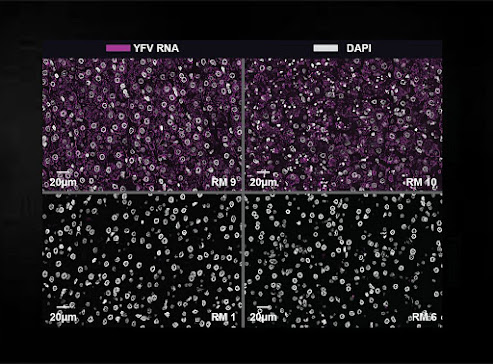.jpg) |
| The study was only made possible by the new laser laboratories in the ZEMOS research building, in which all external interference signals are minimized. Photo Credit: © RUB, Marquard |
With new technology, researchers were able to observe live what happens in the first picosecond when a proton detaches from a dye after light.
In certain molecules, the so-called photoc acids, a proton can be released locally by excitation with light. The solution suddenly changes the pH - a kind of fast switch that is important for many chemical and biological processes. So far, however, it is still unclear what actually happened at the moment of proton release. This is exactly what researchers in the Ruhr Explores Solvation Cluster of Excellence could do RESOLV the Ruhr University Bochum is now experimentally observing using new technology. They saw a tiny quake that only lasted three to five picoseconds before the proton came loose. They report on this in the journal Chemical Sciences.


.jpg)


.jpg)


.jpg)




.jpg)


.jpg)
.jpg)








.jpg)
.jpg)




.jpg)



.jpg)







.jpg)
